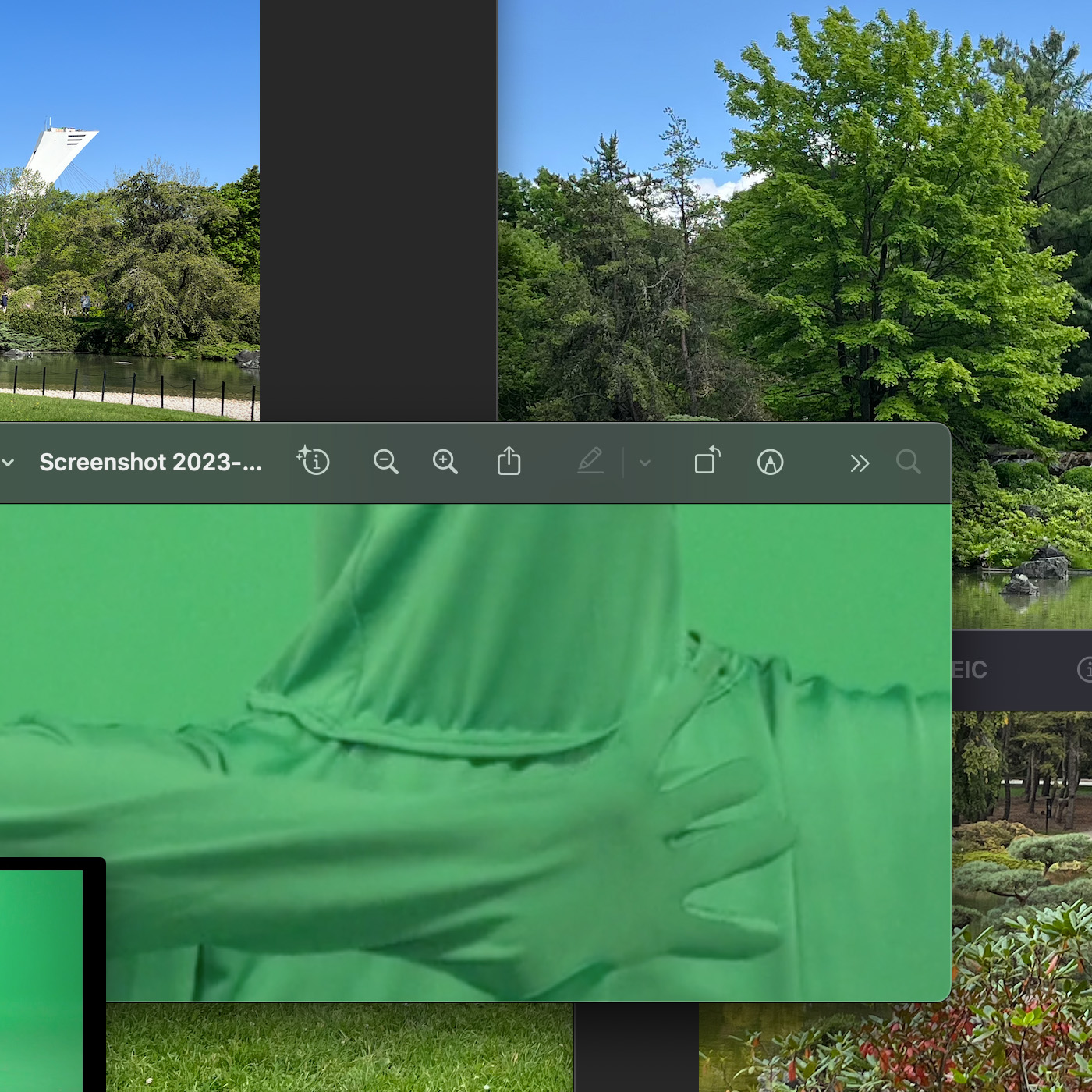Allison Peacock

Allison Peacock is a PhD Candidate at Concordia University and a dance artist who has developed work focussing on the relational possibilities of dance and choreography, experimenting with forms of presentation, representation, potentiality, and imagination. She completed a BA in Political Science and Visual Studies at the University of Toronto, the Professional Dance Training Program at the School of Toronto Dance Theatre, and an MA in Solo/Dance/Authorship at the UdK/HZT Berlin. Allison was an active independent dance artist in Toronto (2004-2012) and Berlin (2012-2016), and was the recipient of numerous Canada Council for the Arts grants for dance training and performance research periods in Vienna, Brussels, and New York. She has worked locally and internationally as a performer for William Pope L and Stefanos Tsivopoulos at Documenta 14, Maria Baroncea, Barbara Lindenberg, and Dancemakers. Her primary artistic focus is creating solo and collaborative works which have been shown at the FoFA Gallery (Concordia University), Salonul de Proiecte, Fabrica de Pensule, ADA (Berlin), Uferstudios, Canada Dance Festival, Pleasure Dome’s New Toronto Works, Movement Research at the Judson Church, and numerous non-traditional performance spaces. Her Interdisciplinary Humanities (HUMA) PhD research, supervised by Professor MJ Thompson, analyzes a trio of gardens in Montréal, considering these spaces through methods in ethnography, performance studies, and research-creation.
As part of the PhD dissertation Simultaneous Natures,artist-researcher Allison Peacock created dance-based works corresponding to her research on three local Montréal gardens: the Japanese Garden at Espace pour la vie, West Montréal’s municipal gardens vis-à-vis the work of their head gardener, and the Home Depot parking lot at 100 rue Beaubien O. As part of an interdisciplinary approach to understanding the function and characteristics of these unique gardens, live and video-based choreography became critical to reimagining and highlighting elements of the history, spatial characteristics, and the labour that is vital for their maintenance. The three works offer a dance triptych that can hint to the diverse and divergent qualities that are part of the ways that nature co-exists with the citizenry of Montréal.
